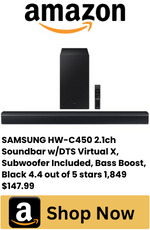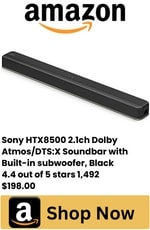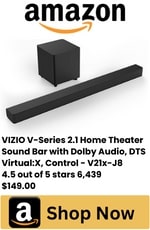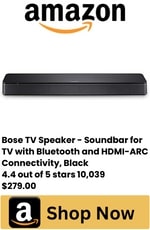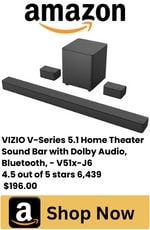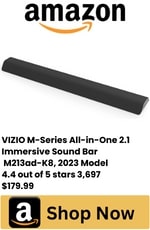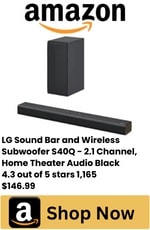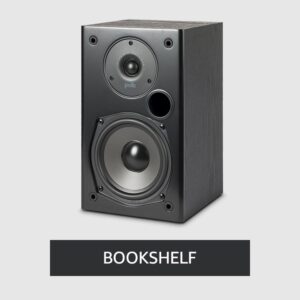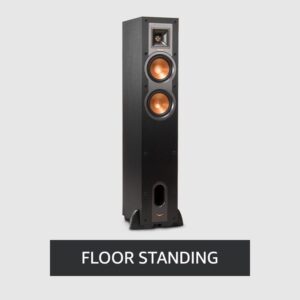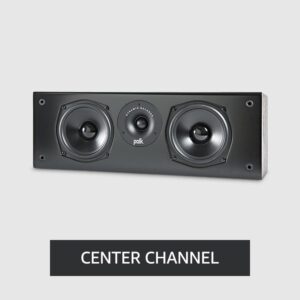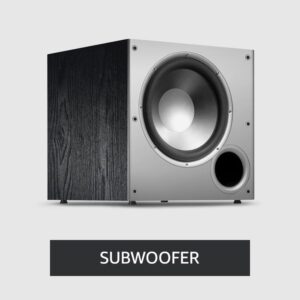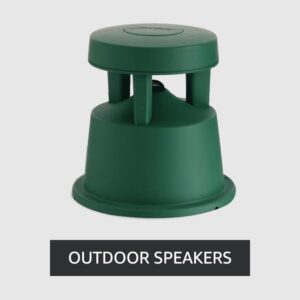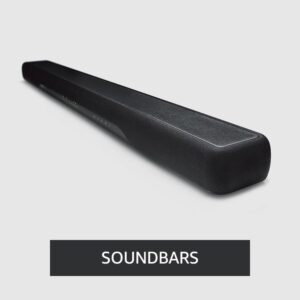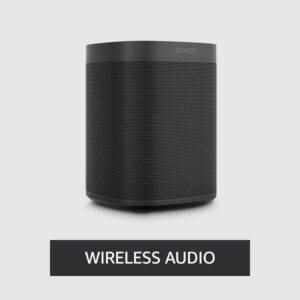Can You Use a Projector on Popcorn Ceiling: Enhancing Viewing Experience
Projectors are commonly used on flat, white surfaces for optimal viewing experiences. However, projecting content onto a popcorn ceiling while lounging on a bed can offer a unique and immersive experience. This article delves into the feasibility and challenges of using projectors on popcorn ceilings, providing insights on mitigating potential issues for a better viewing encounter.
Can You Use a Projector on Popcorn Ceiling?
While projectors are best suited for smooth surfaces, they can be used on popcorn ceilings. However, the textured nature of popcorn ceilings can lead to image distortion, reduced brightness, and uneven projection due to the texture’s irregularities. Harsh shadows might also be cast, necessitating the use of soft lighting. Proper projector positioning, color adjustment, focus and zoom calibration, and a projector screen can alleviate these problems and enhance the viewing experience.
Challenges and Solutions:

Using a projector on a popcorn ceiling does come with specific challenges:
Image Distortion and Unevenness: The textured surface of popcorn ceilings can lead to distorted and unevenly projected images. Positioning the projector perpendicular to the viewing area can minimize this distortion.
Reduced Brightness: The texture of the ceiling scatters and diffuses light, resulting in reduced perceived brightness. Opting for a projector with higher brightness can compensate for this effect.
Harsh Shadows: Popcorn ceilings’ unique light reflection properties can create harsh shadows. Supplementing with soft lighting sources helps mitigate this issue.
Popcorn Ceiling Projector – How To Use It?
To make the most of using a projector on a popcorn ceiling, follow these steps:
Proper Positioning: Mount the projector as high as possible to minimize exposure to the textured surface.
Adjust Focus and Zoom: Calibrate focus and zoom settings to achieve the clearest image possible.
Projector Screen: If feasible, use a projector screen for a smoother projection surface and improved image quality. Alternatively, a white wall or poster board can be used.
Lens Cleaning: Regularly clean the projector lens to avoid hazy or distorted images caused by dust and debris.
Are projectors compatible with textured walls?

Projectors on Textured Walls: Projecting on textured walls presents challenges due to the uneven surface. The texture can lead to image distortion, graininess, and light diffusion, reducing image quality. The irregularities in the wall’s surface can scatter and refract light, causing inconsistencies in brightness and sharpness.
Positioning Matters: Proper positioning of the projector is crucial to combat these issues. Placing the projector perpendicular to the viewing area helps minimize distortion caused by the wall’s texture. Adjusting the projector’s angle and distance from the wall can also assist in achieving a more accurate and clear image.
Brighter is Better: Opt for a projector with higher brightness (measured in lumens) to counteract the light diffusion caused by the textured wall. A projector with more excellent brightness can maintain a vibrant image even in light scattering.
Impact of Wall Color: The textured wall’s color can also impact image quality. Light-colored walls like light yellow, pink, blue, or green tend to have higher reflectivity. This aids in maintaining a brighter image despite the texture. However, darker textured walls can lead to a loss of detail and vibrancy, particularly in darker scenes.
Use of Projector Screens: A projector screen is highly recommended for a more optimal projection experience on textured walls. A projector screen provides a flat and smooth surface, reducing the impact of the wall’s texture on image quality. However, if a projector screen is unavailable, a white wall or a large sheet of white poster board can be alternatives.
Does a projector’s color matter?
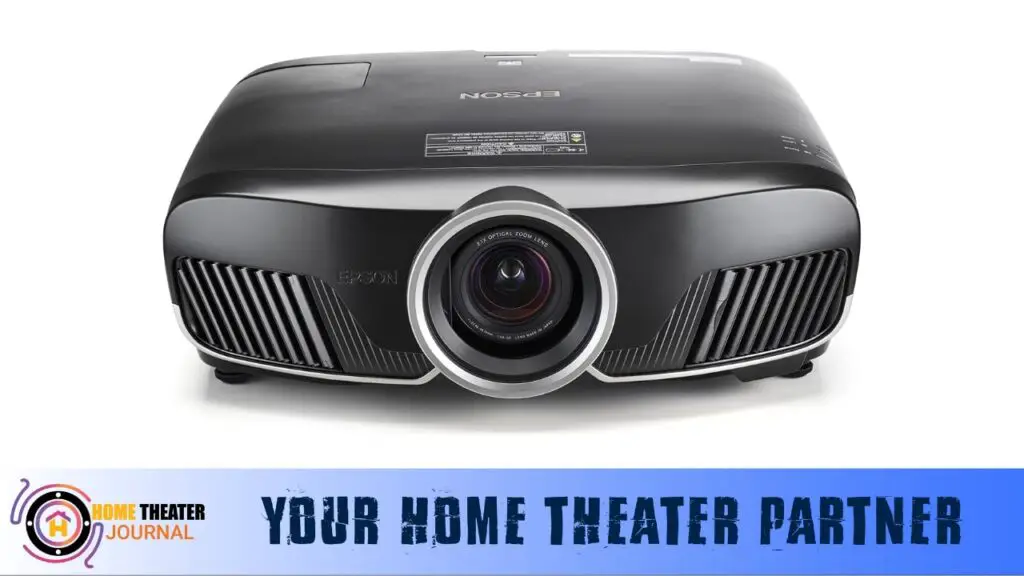
Yes, a projector’s color does matter, but in a slightly different context than you might expect. When referring to A projector’s color, it generally relates to its color accuracy and ability to reproduce accurate and vibrant colors in the projected image.
Here’s why a projector’s color accuracy matters:
Color Accuracy: A high-quality projector should be able to reproduce colors accurately as intended by the content creators. This is important for various applications, including movies, presentations, gaming, and more. Accurate colors contribute to a more immersive and true-to-life visual experience.
Vibrancy and Contrast: Color accuracy also impacts the vibrancy and contrast of the image. If a projector can reproduce colors accurately, it can result in dull or washed-out images with good contrast. On the other hand, a projector with good color accuracy can deliver more vibrant and dynamic visuals.
Professional Applications: In professional settings such as graphic design, video editing, and medical imaging, accurate color representation is critical. Projectors used for these purposes must adhere to specific color standards to ensure accurate content representation.
Color Modes and Calibration: Many projectors offer different color modes optimized for different scenarios, such as cinema mode, presentation mode, or sRGB mode for accurate color reproduction. Projectors often have calibration settings that allow users to fine-tune color settings for optimal performance.
Content Quality: A projector’s color accuracy can also impact the perception of content quality. If colors appear inaccurate or unnatural, it can detract from the overall viewing experience and distract viewers from the content.
Which lighting is best for popcorn ceilings?
When choosing lighting for rooms with popcorn ceilings, it’s important to consider options that complement the unique texture while providing adequate illumination. Popcorn ceilings can create distinct lighting challenges due to their uneven surface and potential for casting harsh shadows. Here are some lighting options that work well with popcorn ceilings:
Soft or Frosted Light Bulbs: Soft or frosted light bulbs help diffuse light and reduce the intensity of shadows. These bulbs create a gentle and even illumination that can help minimize the harshness of the popcorn texture.
Table Lamps and Floor Lamps: Lamps with shades that diffuse light can provide soft and indirect illumination. Placing table lamps and floor lamps strategically around the room can help create a cozy and inviting atmosphere while reducing shadows.
Wall Sconces: Wall sconces can be installed on the walls to direct light upwards or downwards, avoiding direct illumination on the popcorn ceiling. This indirect lighting can add a warm ambiance to the room.
Pot Lights or Recessed Lights: Pot or recessed lights can be installed in the ceiling to provide even lighting without creating harsh shadows. These lights are sleek and can blend seamlessly with the ceiling’s appearance.
Track Lighting: Track lighting allows you to direct multiple light sources towards specific areas of the room. With adjustable fixtures, you can control the direction of light to avoid casting shadows on the ceiling.
Dimmer Switches: Installing dimmer switches with your chosen light fixtures provides the flexibility to adjust light intensity according to your needs. Dimming the lights slightly can help soften the overall illumination and enhance the popcorn ceiling’s texture.
Natural Light: Maximize natural light during the daytime. Natural light creates a soft and pleasant atmosphere without directly interacting with the popcorn texture.
Wall Washers: Wall washer lights are designed to wash the walls with light, which can indirectly illuminate the ceiling. This can create a diffused, gentle glow that complements the popcorn texture.
When selecting lighting for a room with a popcorn ceiling, consider the overall aesthetic you want to achieve and the functionality of the space. It’s essential to balance providing sufficient illumination and creating a comfortable and visually appealing environment that works harmoniously with the texture of the ceiling.
Disadvantages of Using a Projector on a Popcorn Ceiling:
While using a projector on a popcorn ceiling can be an intriguing idea, there are notable disadvantages:
Image Quality: The texture of the popcorn ceiling can cause distortion and unevenness in the projected image, particularly towards the edges. This can lead to a less sharp and clear picture.
Reflectivity: Popcorn ceilings may not reflect light as efficiently as flat surfaces, resulting in a less crisp and bright image.
Shadows and Throw Distance: The unique way popcorn ceilings reflect light can create harsh shadows. Additionally, the considerable distance from the floor to the ceiling may require finding a high location for the projector, especially for smaller projected images.
Conclusion:
A projector on a popcorn ceiling is possible, albeit with some challenges. The texture of the ceiling can impact image quality, but strategic positioning, proper adjustments, and supplemental lighting can significantly improve the viewing experience. While textured walls present similar challenges, choosing the right projector and considering wall color can help achieve satisfactory results. Remember that a projector screen or alternative projection surface can enhance outcomes and viewing quality.
FAQ’s
Can I use a projector on a popcorn ceiling?
Yes, you can use a projector on a popcorn ceiling. However, the texture of the ceiling can cause challenges such as image distortion, reduced brightness, and uneven projection. To optimize the experience, ensure proper projector positioning, use soft lighting, and consider a projector screen for improved image quality.
Can projectors be used on textured walls?
Yes, projectors can be used on textured walls. However, the uneven surface can lead to issues like distorted images and reduced brightness. Positioning the projector accurately, choosing a brighter projector, and using a projector screen can help mitigate these challenges and improve the projection quality.
Does the color of the wall matter for a projector?
Yes, wall color matters for a projector. Light-colored walls such as light yellow, pink, blue, or green can help maintain a brighter image due to higher reflectivity. Darker walls might lead to a loss of detail and vibrancy. Choosing a projector screen or a smooth white wall as a projection surface can also impact image quality.
What lighting is best for popcorn ceilings?
The best lighting for popcorn ceilings includes options that create a soft and even glow while minimizing harsh shadows. Soft or frosted light bulbs, table lamps, floor lamps, and recessed lights can work well. Wall sconces and dimmer switches also help achieve a balanced and inviting atmosphere.
Does a projector’s color matter?
Yes, a projector’s color accuracy matters. Color accuracy affects how accurately the projector reproduces colors in the projected image. Accurate colors contribute to a vibrant and immersive visual experience. Projectors with good color accuracy provide better vibrancy, contrast, and overall image quality, making them suitable for various applications, including entertainment and professional use.

Author: Baqarrasheed
I know all about home theater items! I have been doing this for more than three years now. I am good with things like sound systems, TVs, projectors, and all that cool entertainment gear. I like to help folks by testing and talking about these gadgets on Hometheaterjournal. I want to make sure everyone can create an awesome entertainment setup at home without any confusion.
I write the creative content for HometheaterJournal.



